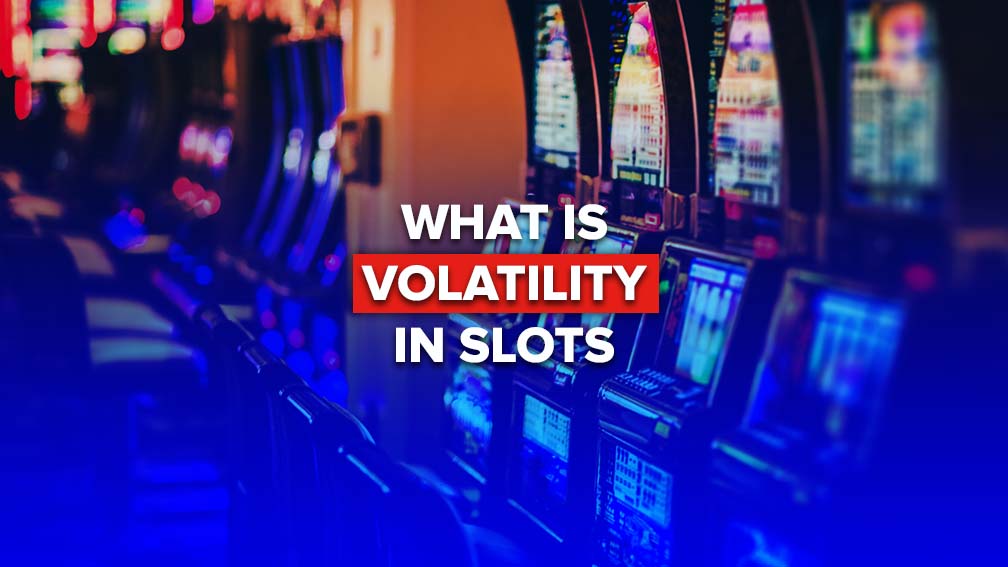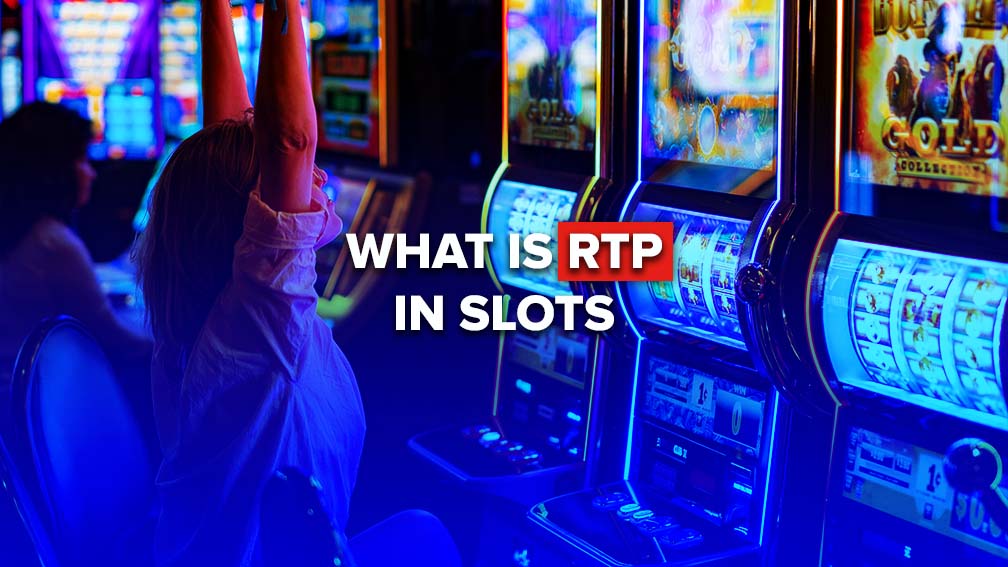What is volatility in slots

Volatility is one of the most important concepts to understand when playing online slots. While it might sound complex, it’s actually a simple and powerful tool that can help you pick the right games for your style and budget. Essentially, a slot’s volatility tells you the level of risk involved and how often you can expect to win and the size of those payouts.
Continue with us and learn what volatility means in the world of slots.
What Does Volatility Mean in Slots?
When you sit down at a slot machine, what are you hoping for? A steady stream of small wins to keep you in the game, or a long-shot chance at a massive payout? The answer to that question is determined by a single, critical factor: volatility.
Volatility, also known as variance, is a measure of a slot game’s risk. In the simplest terms, it dictates the balance between the frequency of wins and the size of those wins. A game with high volatility has a very different personality from one with low volatility, even if they have the same long-term payout.
Types of Volatility Explained
Slot games are generally sorted into three categories, each designed to appeal to a specific type of player.
Low Volatility
- The Experience: These games provide frequent, small payouts. You won’t hit a life-changing jackpot, but your bankroll will last longer, and you’ll get a lot of entertainment for your money. Think of it as a smooth, consistent ride with no major bumps.
- Best For: Players with a small budget or those who play for fun. If you like to extend your playtime and enjoy the constant thrill of winning, low-volatility slots are the perfect choice.
Medium Volatility
- The Experience: Medium-volatility slots offer the best of both worlds. They provide a balanced mix of smaller, frequent wins and the occasional, more significant payout.
- Best For: This is a great starting point for most players. You get enough action to keep things exciting without having to risk your entire bankroll on the hope of a big win.
High Volatility
- The Experience: These games are designed for risk-takers. Wins are infrequent, and you may hit several “dry spells” where you don’t win at all. However, when a win finally hits, it can be a massive payout—often a large jackpot or a bonus round with huge multipliers.
- Best For: Players with a large bankroll who are patient and willing to endure a long wait for the chance at a life-changing score.
How to Tell a Slot’s Volatility
A game’s volatility isn’t always clearly labeled. However, you can look for a few clues to figure it out:
- Check the Paytable: Look at the prizes for the highest-paying symbols. If the top jackpot is a huge number—thousands of times your bet—it’s likely a high-volatility game. A game with more modest top payouts is typically low-volatility.
- Look for Big Features: Does the game have a complicated bonus round with multiple steps and huge multipliers? Are there multiple bonus symbols that trigger different game modes? These are often indicators of a high-volatility game, where the big wins are concentrated in the bonus features.
- Play the Demo: The best way to get a feel for a game is to play it for free. If you’re hitting small wins on almost every spin, you’ve found a low-volatility slot. If you’re getting a lot of non-winning spins, it’s a clear sign of high volatility.
The Crucial Difference: Volatility vs. RTP
Don’t confuse volatility with RTP (Return to Player). They are two separate concepts that work together to define a game’s character.
| Feature | RTP (Return to Player) | Volatility (Variance) |
|---|---|---|
| What it measures | The total amount of money paid back over time. | The frequency and size of the payouts. |
| How to think of it | The game’s long-term theoretical payout rate. | The game’s risk level and payout pattern. |
| Player Impact | Helps you choose a game with a better long-term return. | Affects your short-term experience and bankroll management. |
Imagine two slots, both with a 96% RTP. One is low volatility and pays out 96% in a steady stream of small wins. The other is high volatility that pays out the same 96%, but it does so through a few very large jackpots, with long periods of no wins in between. Understanding both RTP and volatility is key to choosing a game that matches your personality and playing style. Get a more detailed look at RTP in our guide to what is RTP in slots.

